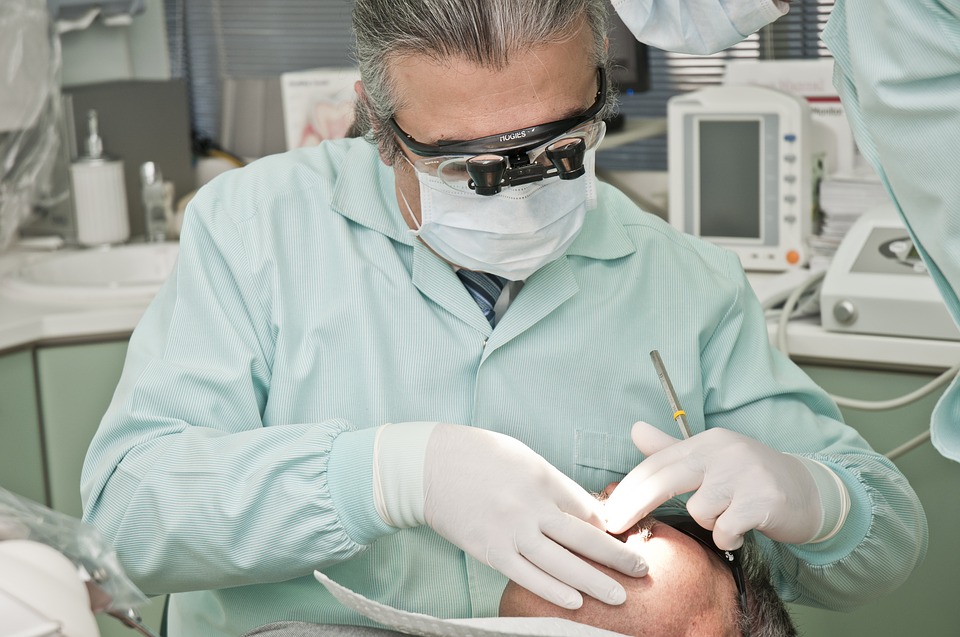Flash That Smile!
Tooth Polishing is a term broadly used since the early seventies with changing references, as per the advancements made in the field of dentistry. What earlier used to be a prophylactic procedure for the removal of soft debris and stains from the enamel surface of the tooth has evolved today, as a quick laser treatment to bleach the tooth surface. many shades lighter than the existing one.
Teeth polishing or bleaching has become the most popular aesthetic dental treatment required by all age groups. Initially, dentists bleached only non-vital teeth to remove the discolouration due to trauma or endodontic treatment. However, present day teeth bleaching can be classified into four major categories – chair side bleaching (least popular due to time consumption), dentist prescribed home use bleaching, OTC bleaching kits, and laser bleaching.
Teeth polishing or bleaching has become the most popular aesthetic dental treatment required by all age groups
Bleaching
Dentist supervised home whitening happens to be the most popular choice whereby the dentist, after thorough examination and review, takes an impression of the teeth to prepare mouth guards and provides instructions to use the bleaching gel. The patient uses the night guards with gel as instructed for a specified period and revisits for further assessment.
Some gels can be applied overnight to shorten the course of treatment. Another method gaining in popularity, is the laser method or power whitening where the treatment time is reduced drastically, by using a curing laser gun to activate the bleaching gel. This is a more expensive method. but usually done within a span of two hours.
Over the counter whitening kits may not prove to be completely eftective, as they use a very limited amount of bleaching agents to reduce the risk of home use. Also, the mouth trays might not fit perfectly in the mouth, leading to spilling of the gel causing irritation and gum burns. Hence, it is always best to undergo these procedures at a dentists clinic only.
Precautions
Bleaching or whitening in comparison to prophylaxis is a chemical procedure, hence it should be done only on the recommendation of a dentist. A thorough extra oral and intraoral examination is done and any pre-existing conditions of the teeth need to be treated first.
Bleaching does not work on artificial surfaces like fillings, crowns! caps, veneers, bridges and false teeth. De calcification spots may also become more prominent after bleaching, so these issues need to be addressed to the dentist along with any other doubts one may have.
Always keep it in mind that none of these procedures are permanent and may last for three to four years depending on the consumption of wine, tea, coffee, and cigarettes, etc. and like any chemical treatment its not tree from side effects that vary from person to person.
Side Effects
• Patients have complained of sensitivity for the next 48-72 hours, irritation in gums, blisters, etc. But one can practice caution by avoiding very hot and cold fluids after the treatment.
• Ask the dentist to isolate the treated teeth completely with cotton rolls, rubber dam, etc. In any case, never fall prey to salons and beauty parlours offering such services at dirt cheap prices as they are not only illegal but also very unsafe.
Tooth bleaching is the most conservative and cost-effective method to enhance a person ‘s smile. But it should always be carried out under professional supervision.
Must Read:
